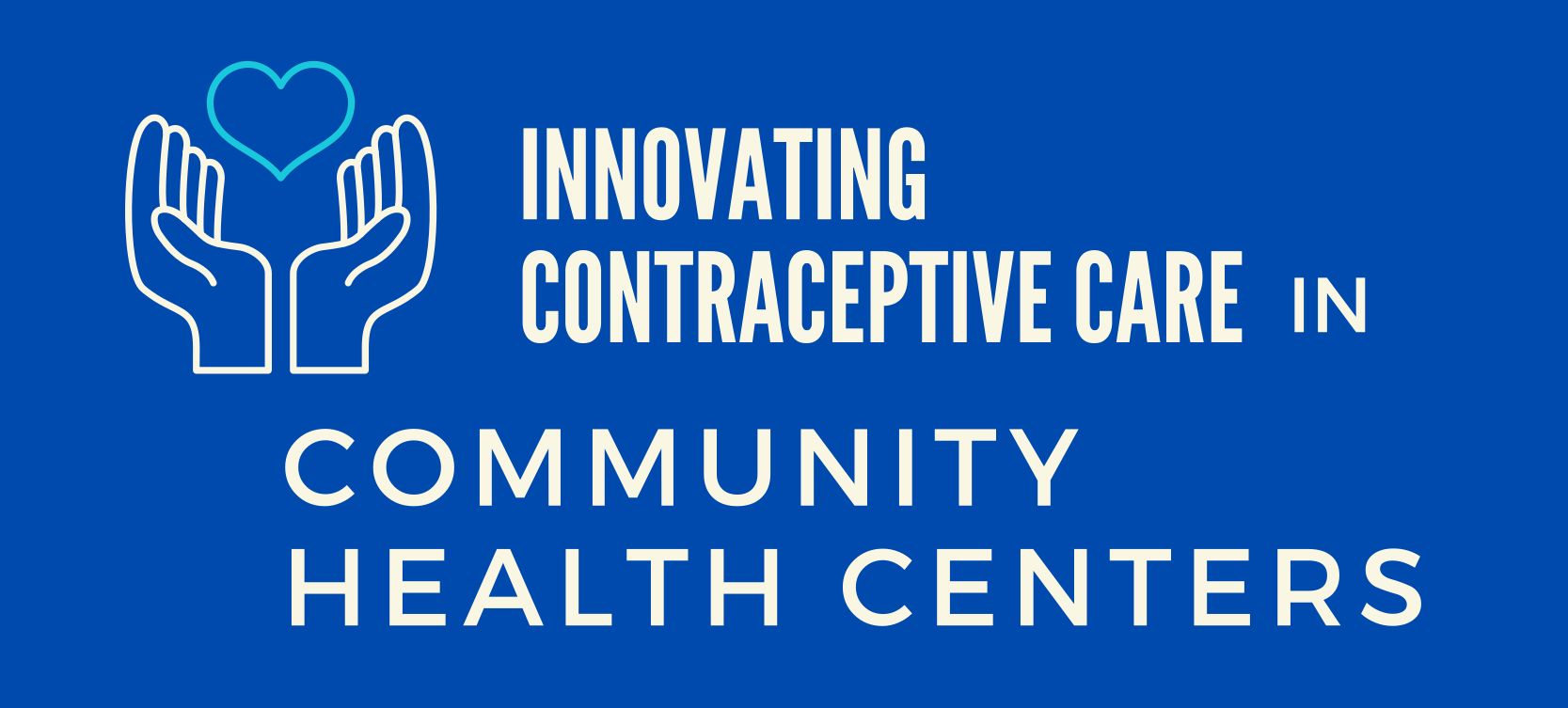- Engage patients in health center-level improvement efforts using Patient Advisory Councils (PAC): vetted groups of patients, family members, and caregivers who come together to bring their own experiences to this improvement project and help identify priority areas for improvement.
-
Engage patients in the process of planning, collecting, and disseminating patient experience data, potentially using a PAC. This includes soliciting feedback about: the practical aspects of survey administration; what recruitment messaging will resonate most with patients; and how to share collected data with patients, the community, and other stakeholders.
-
Implement policies that strengthen the role of descriptive consumers (i.e., (patient representatives sharing traits with those they represent) on the CHC’s Board of Directors; for example, a policy mandating that at least one descriptive consumer sit on the Board’s Executive Committee. The proportion of descriptive consumers on the Board’s Executive Committee can result in a CHC providing more enabling services aimed at reducing barriers to access and supporting a positive patient experience of care.
- Patient Engagement in Community Health Center Leadership: How Does it Happen? The objective of this qualitative study published in the Journal of Community Health, was to compare and contrast how CHCs engage patients in clinic management, decision-making and planning within governing boards versus PACs. Findings are based on 19 interviews conducted from August 2016 to June 2017 at CHCs in California, Arizona and Hawaii.
https://pubmed.ncbi.nlm.nih.gov/29777334/ -
“How Can We Talk About Patient-centered Care without Patients at the Table?” Lessons Learned from Patient Advisory Councils: This qualitative study aimed to understand how PACs are organized and identify common challenges and perceived benefits of high-functioning PACs. Findings are based on key informant interviews at 8 CHCs in California with high-functioning PACs.
https://pubmed.ncbi.nlm.nih.gov/28076261/

